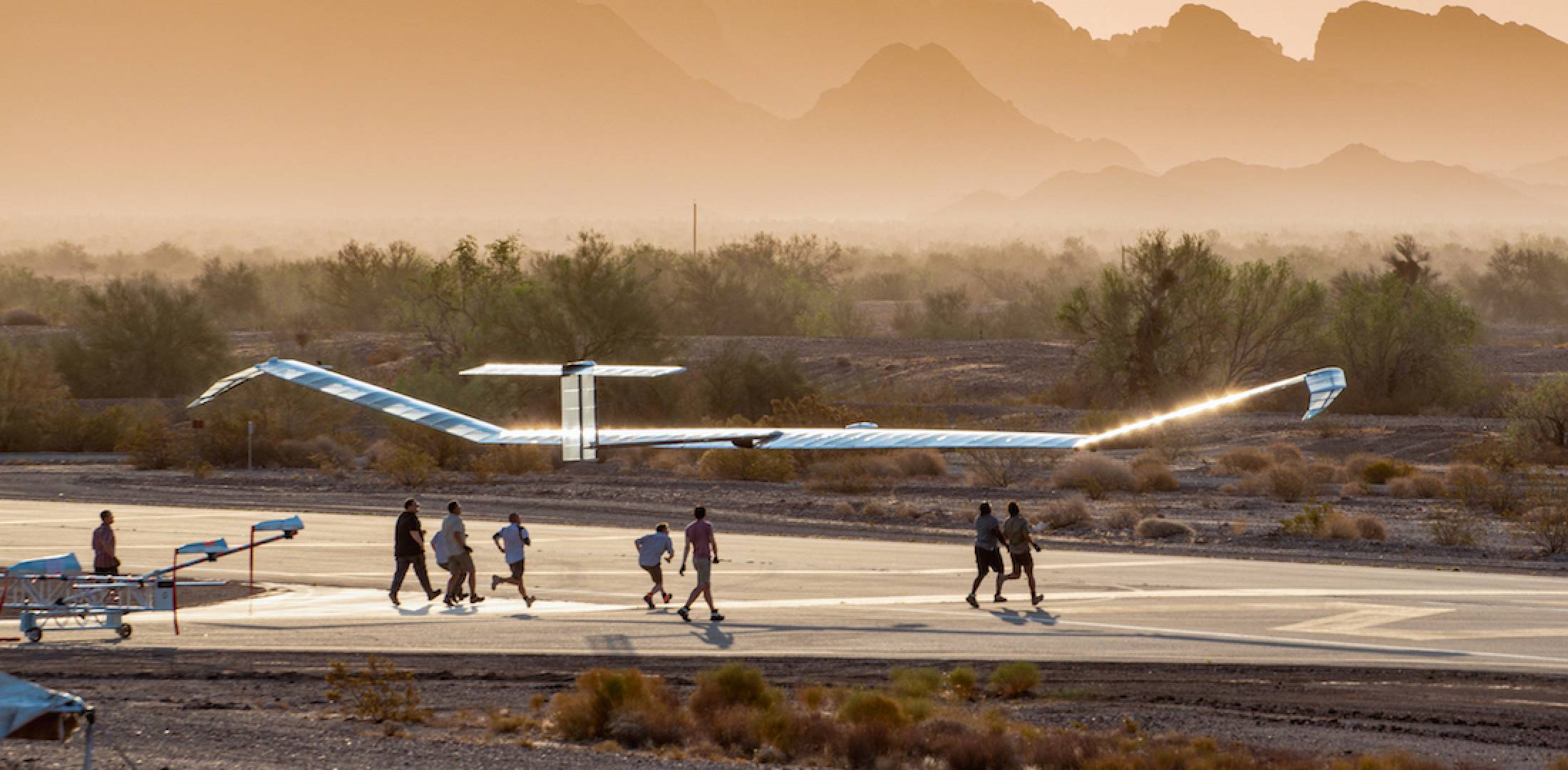Airbus this week is launching a new connectivity service using its Zephyr High Altitude Platform Station (HAPS). The initiative will build on recent successful flight trials with the solar-powered Zephyr aircraft that the European aerospace group said have enabled it to press ahead with plans to rapidly launch the new service.
The new HAPS Services Business is a subsidiary of Airbus Defence and Space. In a July 18 announcement, the company said that its mission centers on a “bridge [across] the digital divide through connecting the unconnected on land, air, and sea.” It will provide low-latency connectivity services from the stratosphere for telecommunications and Earth observation applications.
The autonomous Zephyr recently broke its own endurance record by flying continuously for 26 days during trials conducted mainly between Arizona and Belize. The aircraft weighs just 75 kg (165 pounds), has a wingspan of 25 meters (82 feet), and can operate at altitudes of up to 70,000 feet to stay above bad weather and keep out of the way of airline, military, and business jet traffic.
Airbus has appointed Samer Halawi as chief executive of HAPS Services Business. He was previously executive vice president and chief commercial officer of satellite services group Intelsat.
“With thousands of flight hours in the stratosphere and an admirable entrepreneurial spirit, the Zephyr team are well placed to developer future connectivity services,” said Halawi. “This is an exciting time for the team, building on our success with the leading HAPS, and it is now time for the next step.”
According to Halawi, the new venture’s connectivity services will offer a sustainable alternative and complement to terrestrial and satellite-based connectivity solutions. He said that will provide “for the first time low-latency and direct-to-device connectivity across vast geographies and economically.”
Airbus said that more than 3.7 billion people are now unserved or severely underserved by existing terrestrial and space-based telecommunications networks.
